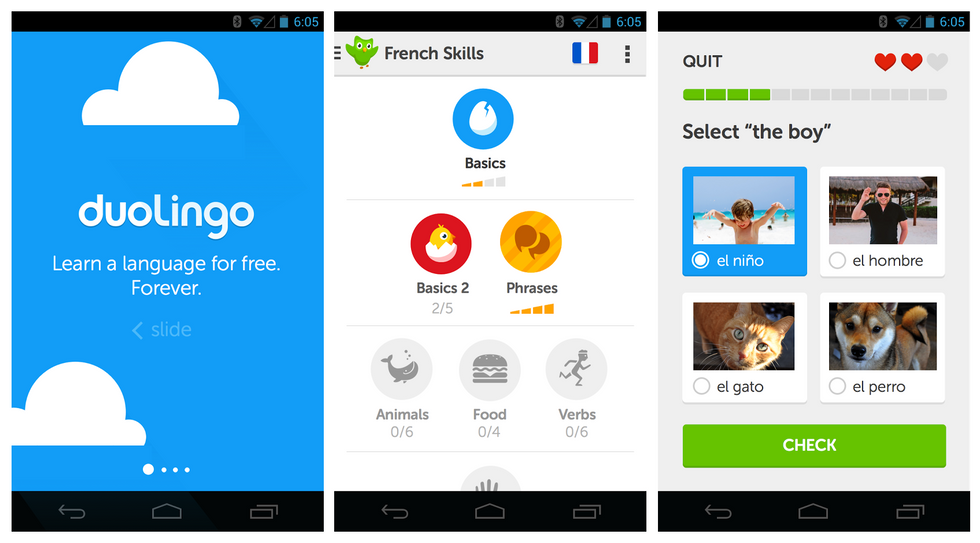A couple months ago, I got curious about an program called Duolingo. There is both a desktop site and a mobile app designed to help its users learn new languages. There are dozens of languages to choose from, and the typical daily amount only takes about half an hour to complete.
I decided to test out this program for myself—particularly the iPhone app, as that was the most intriguing part of the program to me. I started an experiment.
I chose to begin learning Welsh and started at 3 lessons a day. I also decided to use solely the iPhone app for the first wave of my experiment, which took 2 months of daily practice.
During those 2 months, I learned vocabulary as well as how to construct and translate sentences. The grammar of Duolingo as an app seemed a little less encompassing than I would have liked, but I was able to pick up what was implied as I went along. Two months in and I was happily continuing to learn Welsh using Duolingo.
It was time for the second phase of my experiment—the desktop version. I logged in on my computer for the first time and found that my concerns were all addressed there. The grammar rules that I had picked up through implication were taught in small asides underneath lessons, and pronoun and conjugation charts were available.
I’m still not sure how close to fluent a person can get with Duolingo, but I have a lot more to go and within 3 months I already feel I have a beginner’s grasp on the language. I can identify and construct sentences both written and spoken and increase my vocabulary almost daily.
I have been extremely satisfied with my experiment thus far.






















